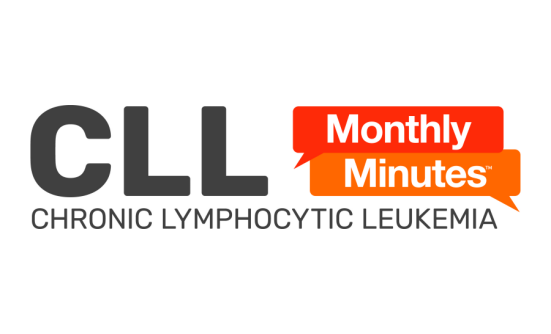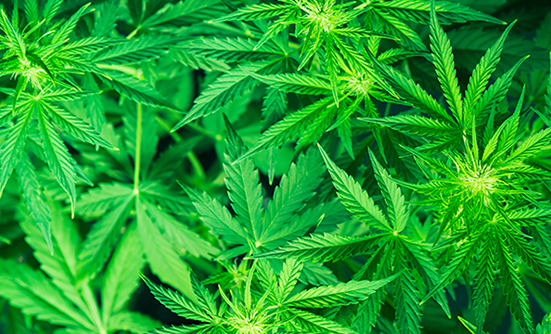Cannabis! Just the word inspires divergent opinions, controversy, and confusion. Much of the discussion reflects the vast amount of information and misinformation regarding the use of cannabis in healthcare. In many states the use of marijuana to treat some medical conditions is legal under state law; however, the US Drug Enforcement Administration currently lists marijuana-related cannabis components as Schedule I controlled substances, making it illegal to prescribe, possess, or sell them under federal law. However, the American Cancer Society has expressed support for research focused on the use of cannabis for cancer patients and provides reliable information online.1
There are several terms you may encounter when learning about medical marijuana. Cannabis sativa, the name of the flowering plant that has been used in folk medicine for centuries and from which marijuana is produced; marijuana, a common name for cannabis; cannabinoisds, active chemical compounds within cannabis that produce various effects throughout the body. Cannabinoids include: THC, which is reported to have therapeutic effects for people with cancer and also causes the typical “high” that results from marijuana use; and CBD, a compound that has been approved by the FDA for the treatment of epilepsy and is being studied for numerous other uses. Note that cannabis refers only to substances containing 0.3% or more THC, not to those containing less, such as CBD.2
Many factors influence the effects of medical marijuana, including the method of administration. Marijuana can be taken orally by adding it to foods and beverages. However, it is often difficult to determine the amount of THC being consumed in foods, and overdose might occur. Marijuana can also be inhaled by smoking or vaping. This method allows THC to enter the bloodstream and reach the brain quickly, but the effects do not last as long as when the drug is taken orally.1
A goal of many healthcare professionals, including nurse navigators, is to educate patients so that they and their caregivers can benefit from the reported therapeutic effects of medical marijuana. Many patients have found relief from chemotherapy-induced nausea and vomiting (CINV), muscle aches, lack of appetite, and other side effects of therapy. Relief of these symptoms can make medical marijuana a valuable addition to cancer therapy.
Recently, I assisted a patient with a bowel obstruction that seemed impossible to relieve. With permission from the oncologist and other healthcare providers, I gave the patient a CBD vape pen and some high-quality CBD gummies, and the next morning the obstruction was resolved. The patient was able to go home without any mechanical or surgical intervention.
There are FDA-approved drugs that are based on compounds in marijuana. Dronabinol (under the brand names Marinol and Syndros) contains THC and is approved to treat nausea and vomiting caused by chemotherapy; nabilone (brand name, Cesamet) is a synthetic cannabinoid that is used to treat CINV when other drugs have not worked.1 We look to the future in the anticipation of more definitive research to test the effectiveness of medicinal marijuana and to help you make informed choices.
References
- American Cancer Society. Marijuana and cancer. Updated: August 3, 2022. Accessed March 28, 2023. www.cancer.org/treatment/treatments-and-side-effects/treatment-types/complementary-and-integrative-medicine/marijuana-and-cancer.html.
- Kogan M, Lieberman-Smith J. Medical Marijuana: Dr. Kogan’s Evidence-Based Guide to the Health Benefits of Cannabis and CBD. Penguin; 2021; page 32.
About the Author
Penny Daugherty, RN, MS, OCN, ONN-CG, is an oncology nurse navigator for Immunocine Cancer Center and the chair of the Integrative Health Committee at the Academy of Oncology Nurse & Patient Navigators.









